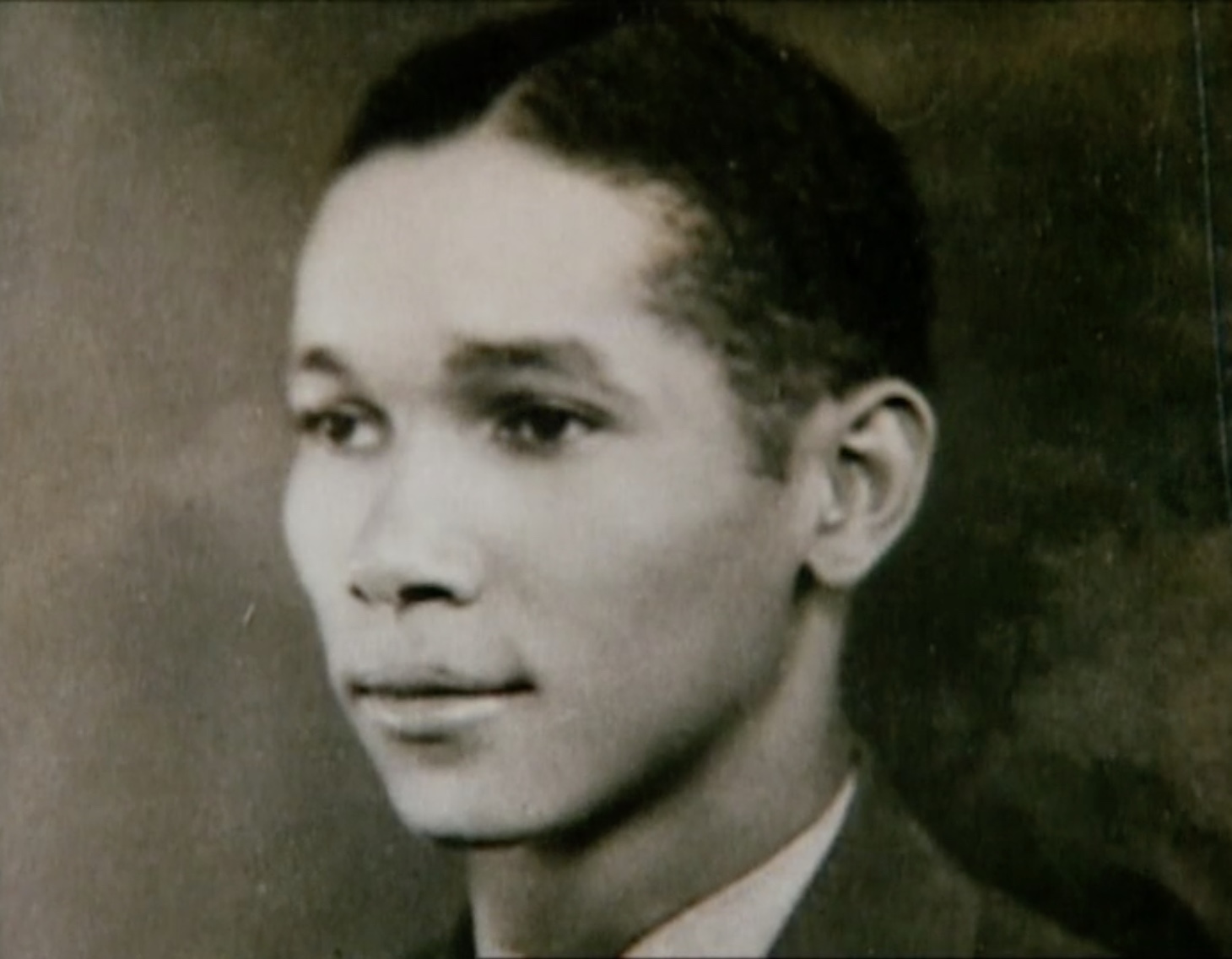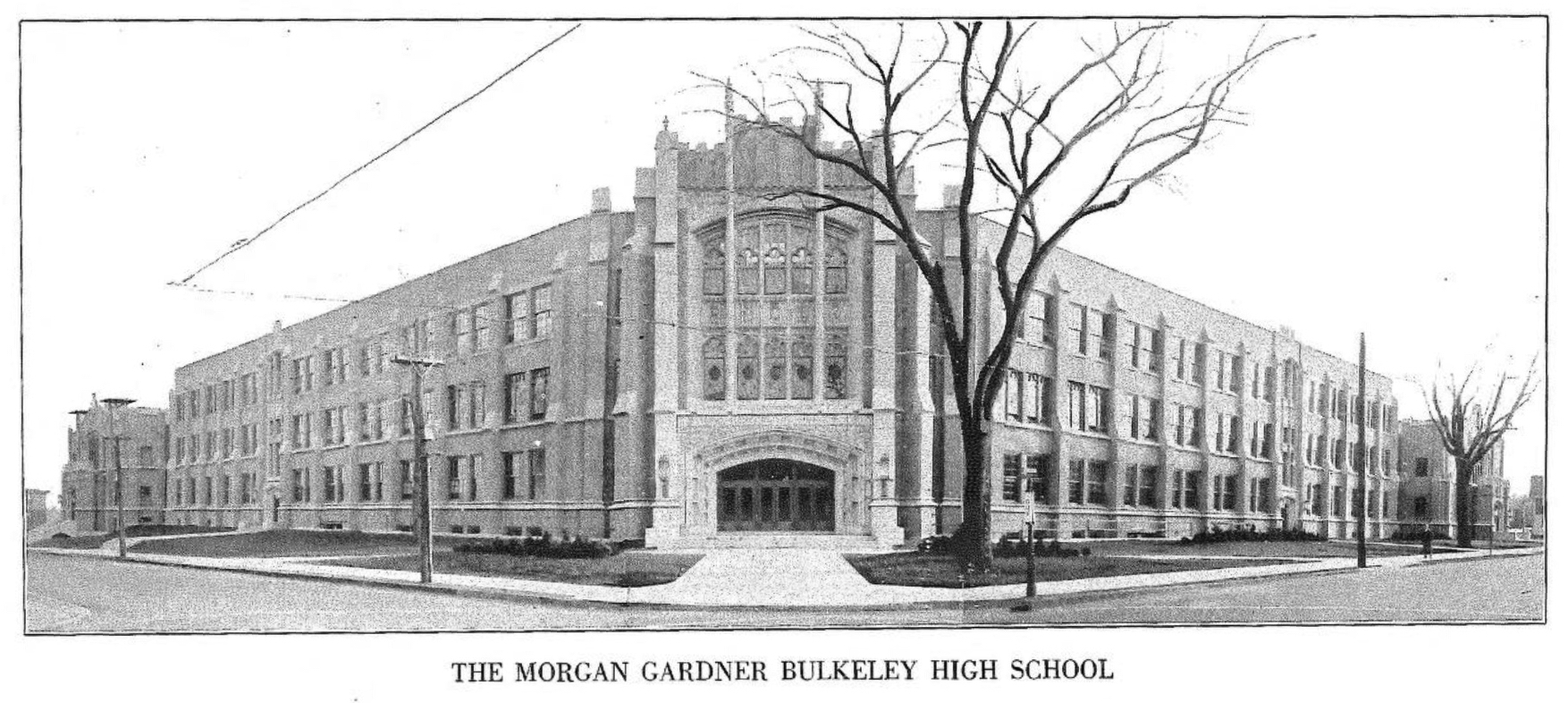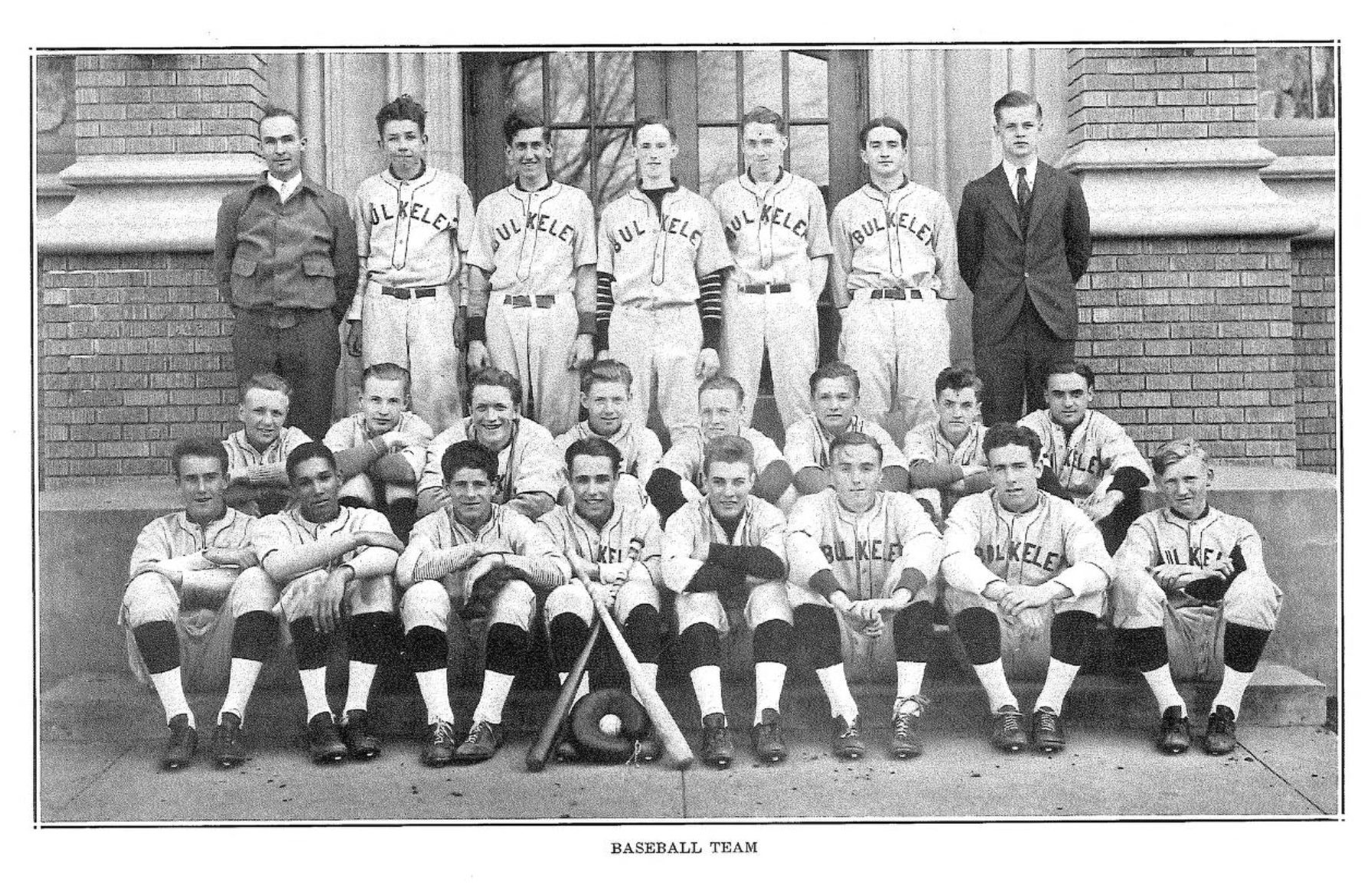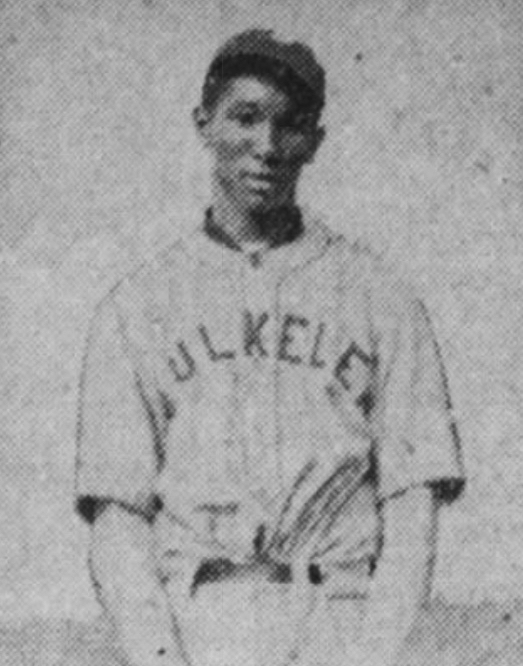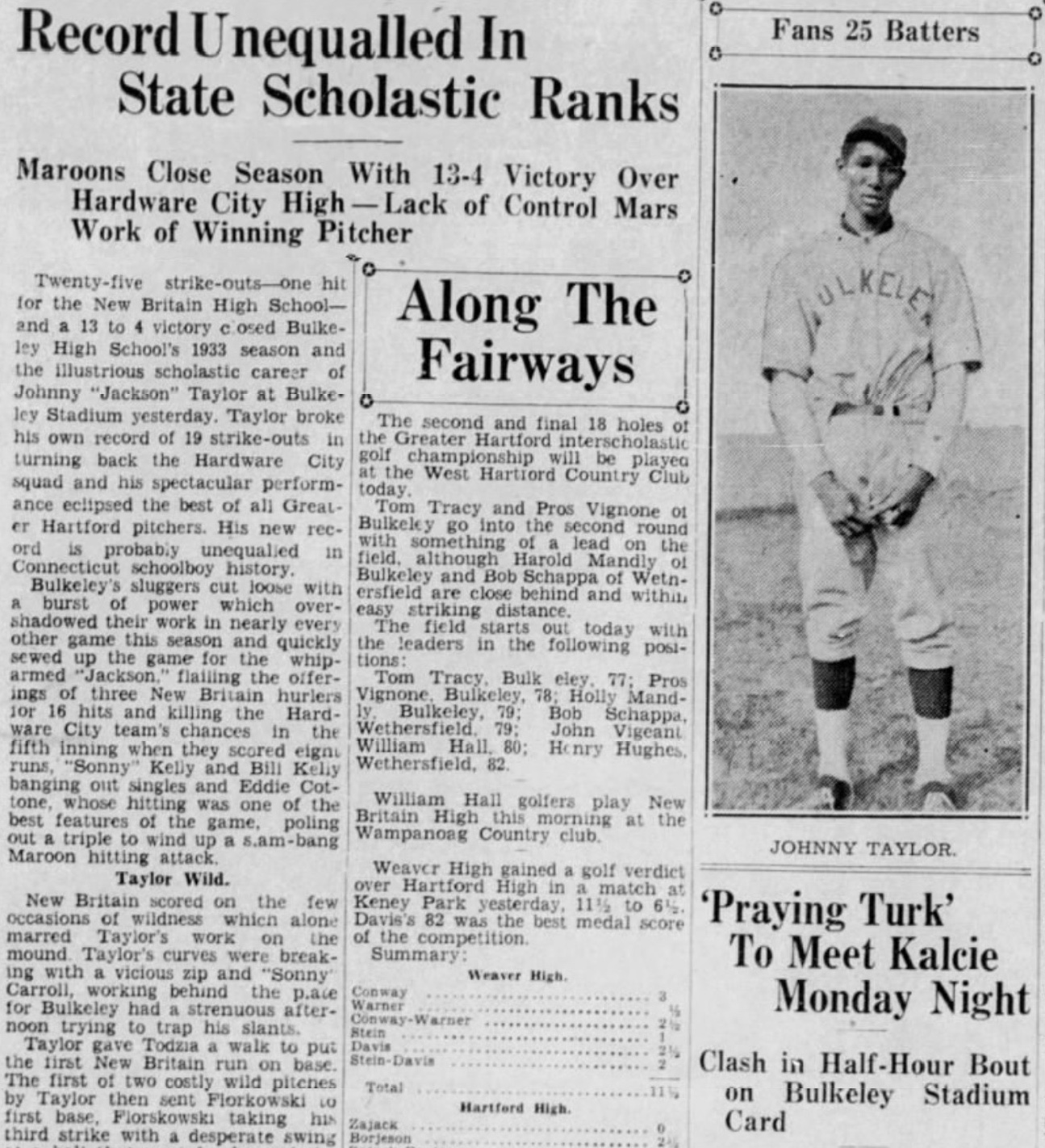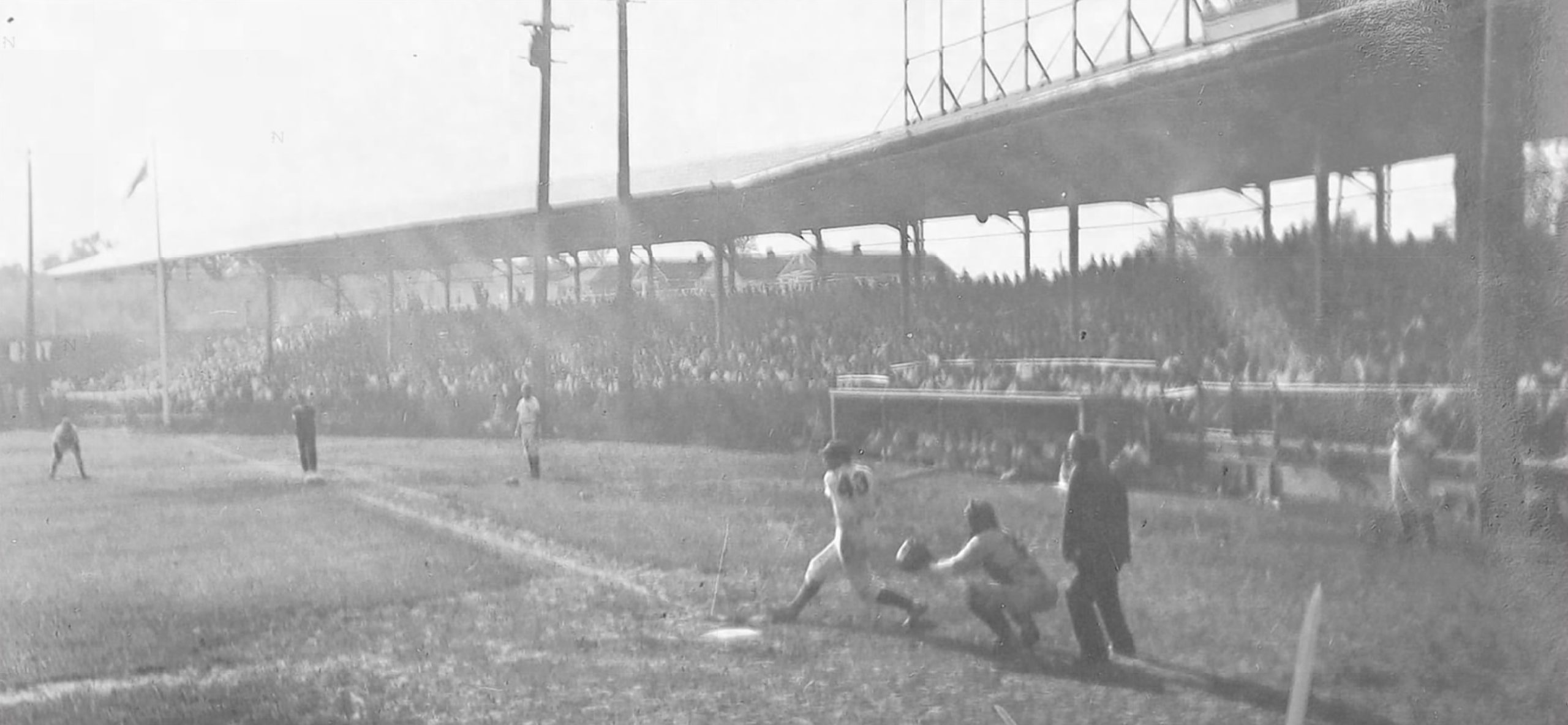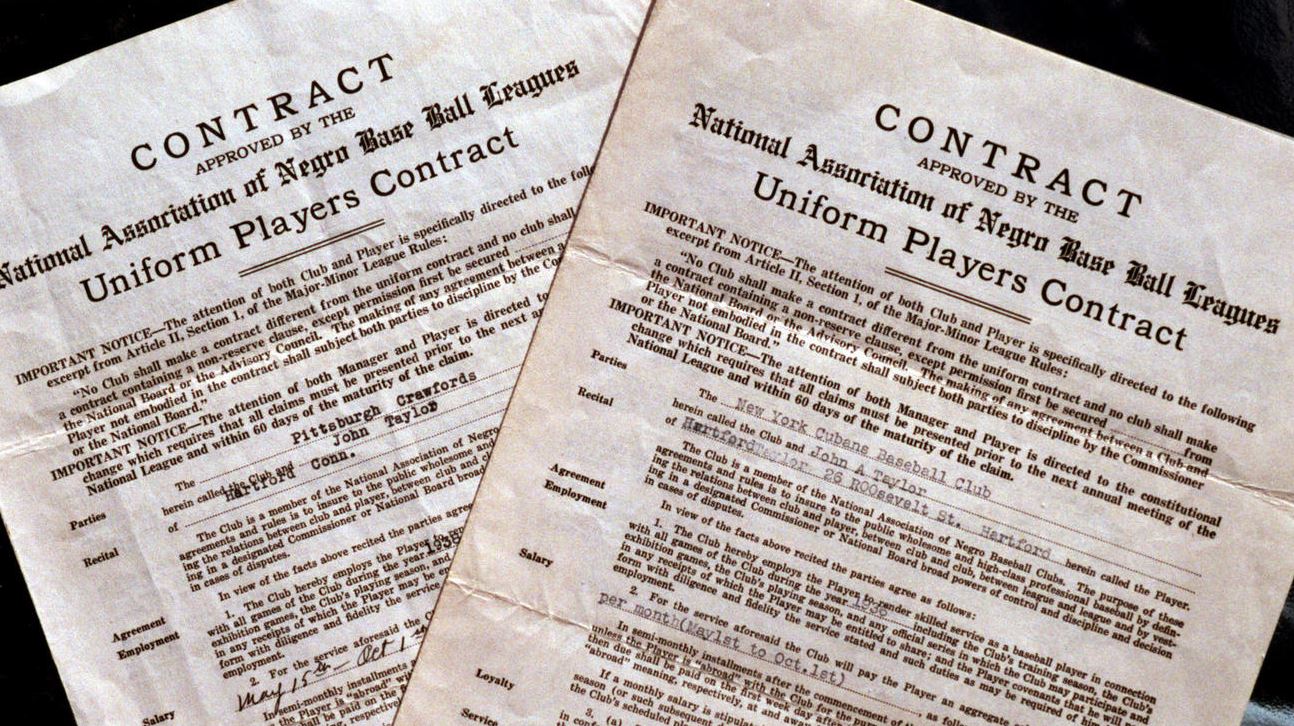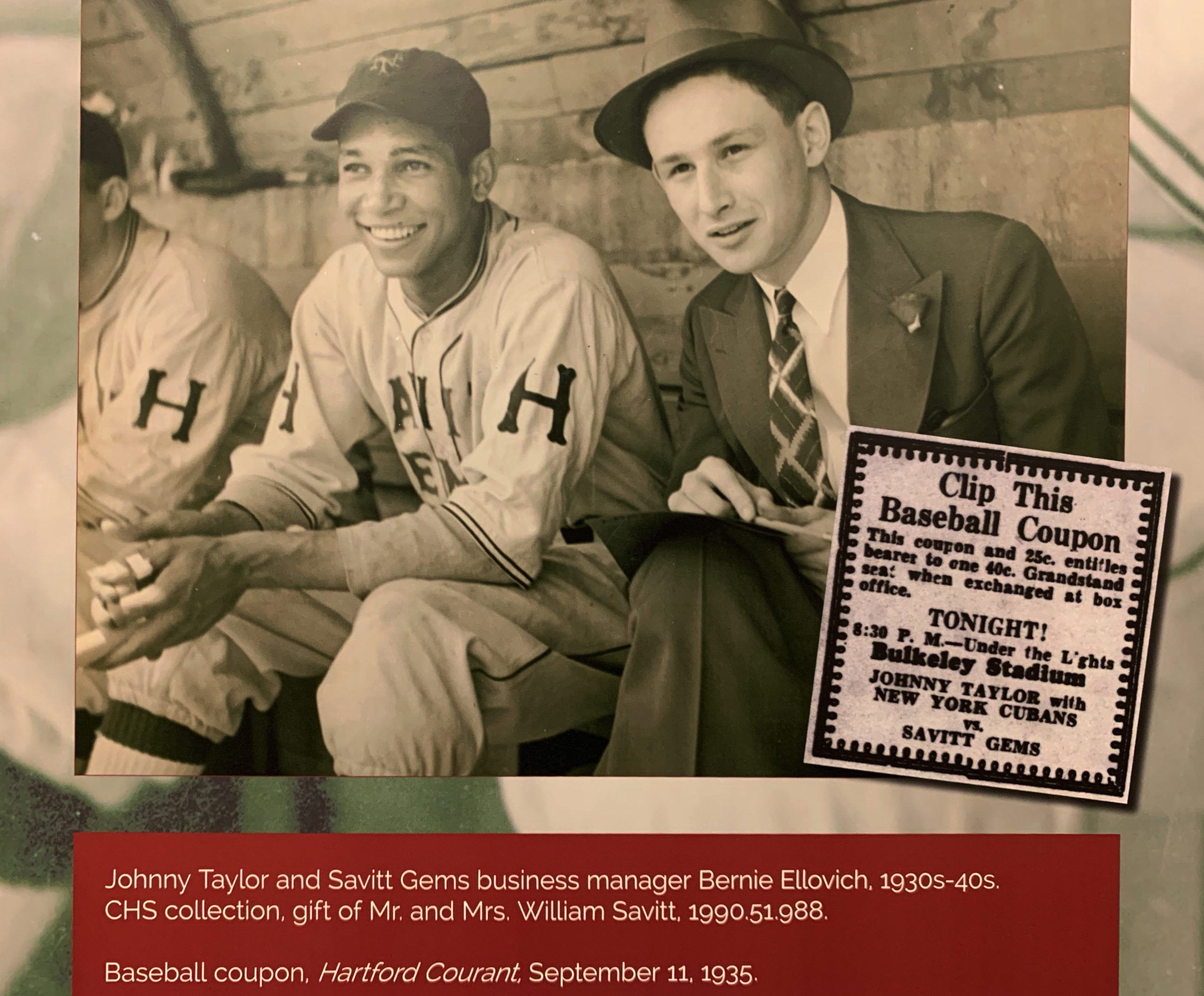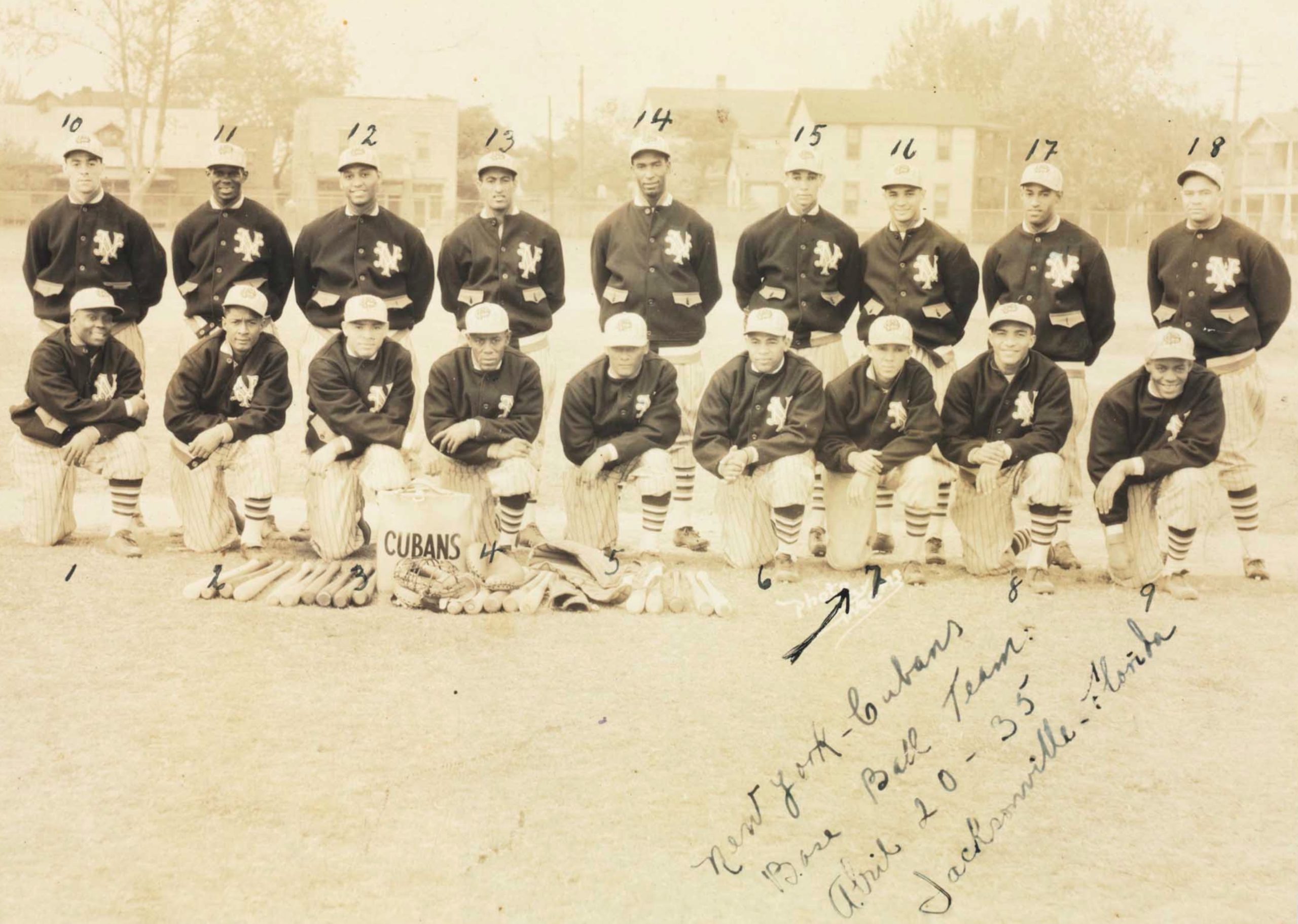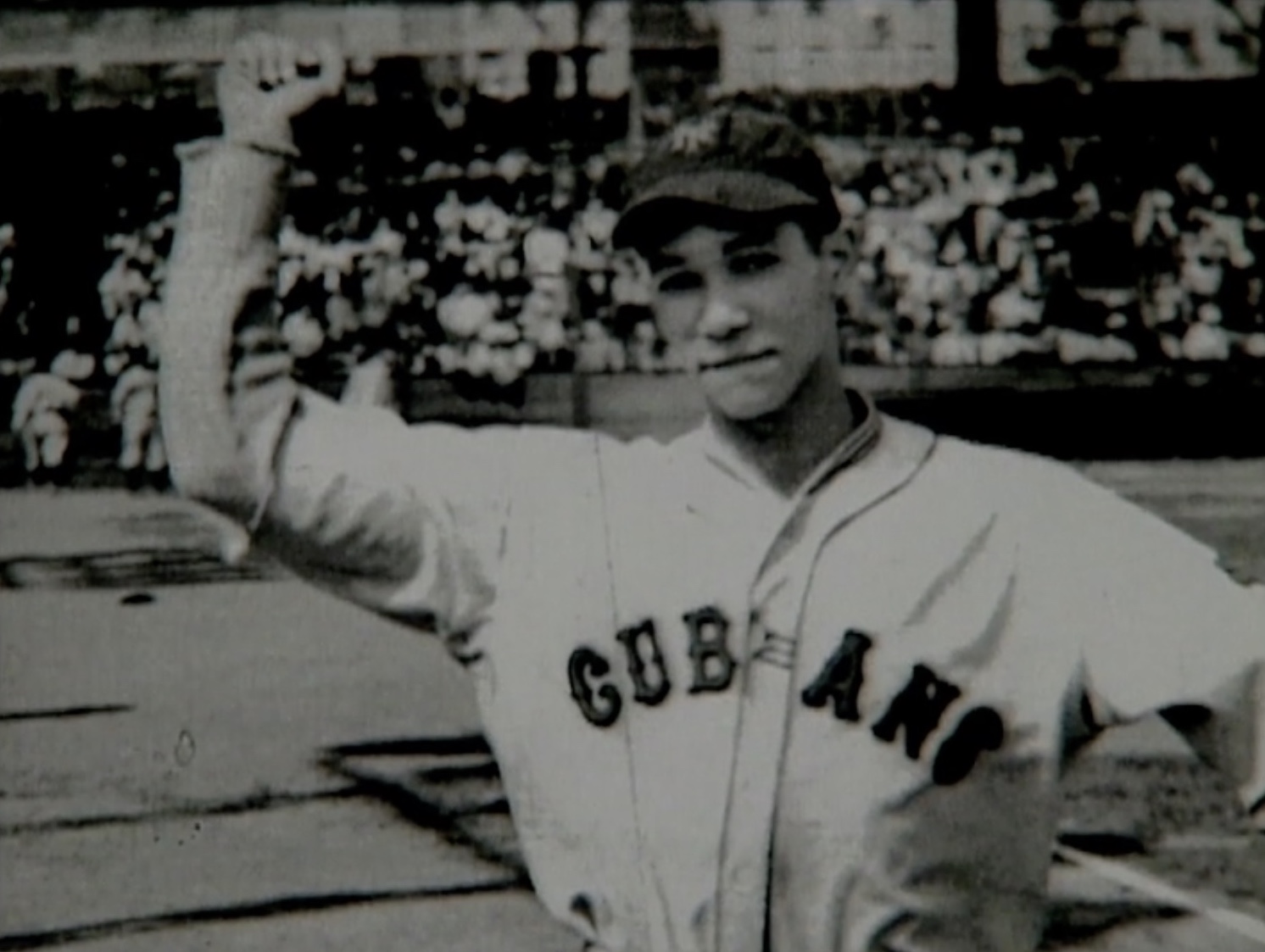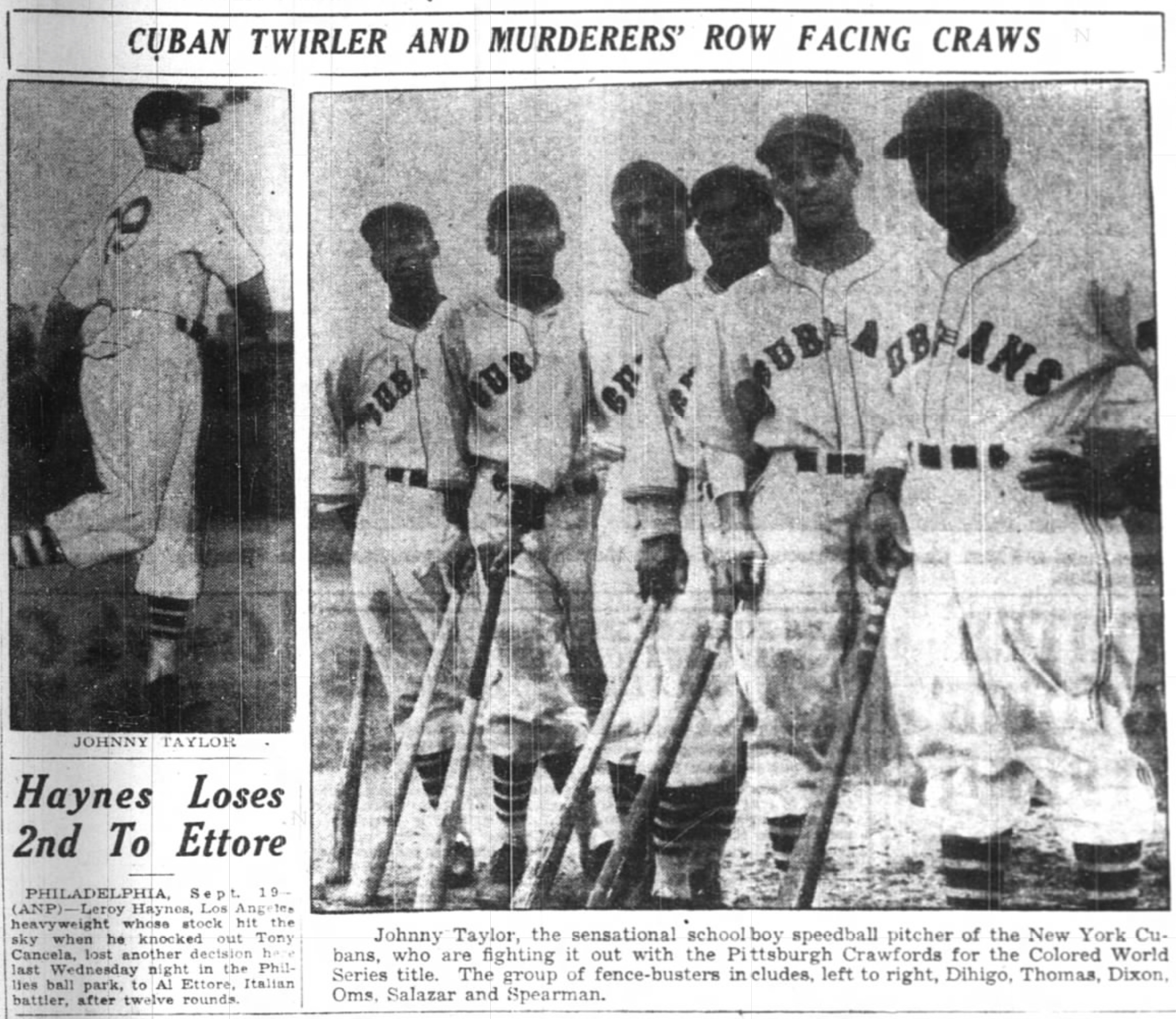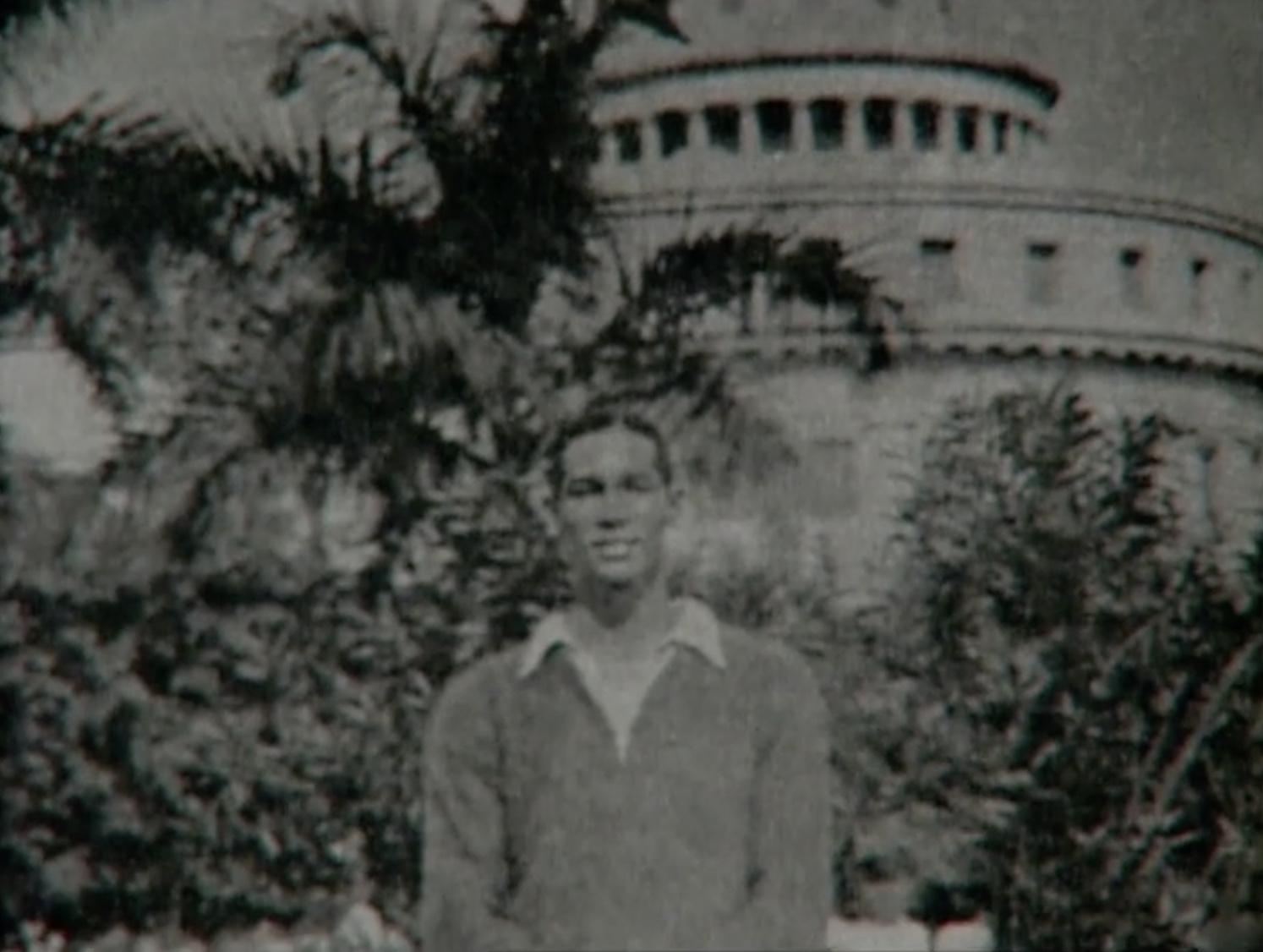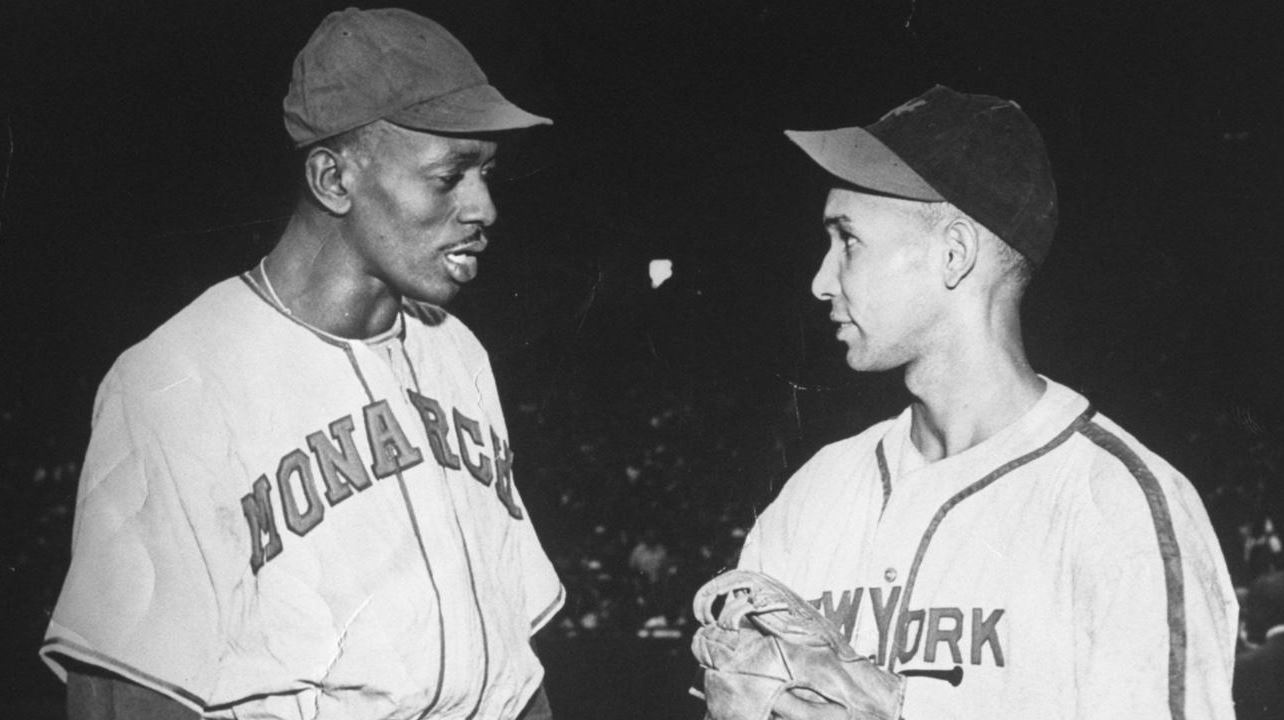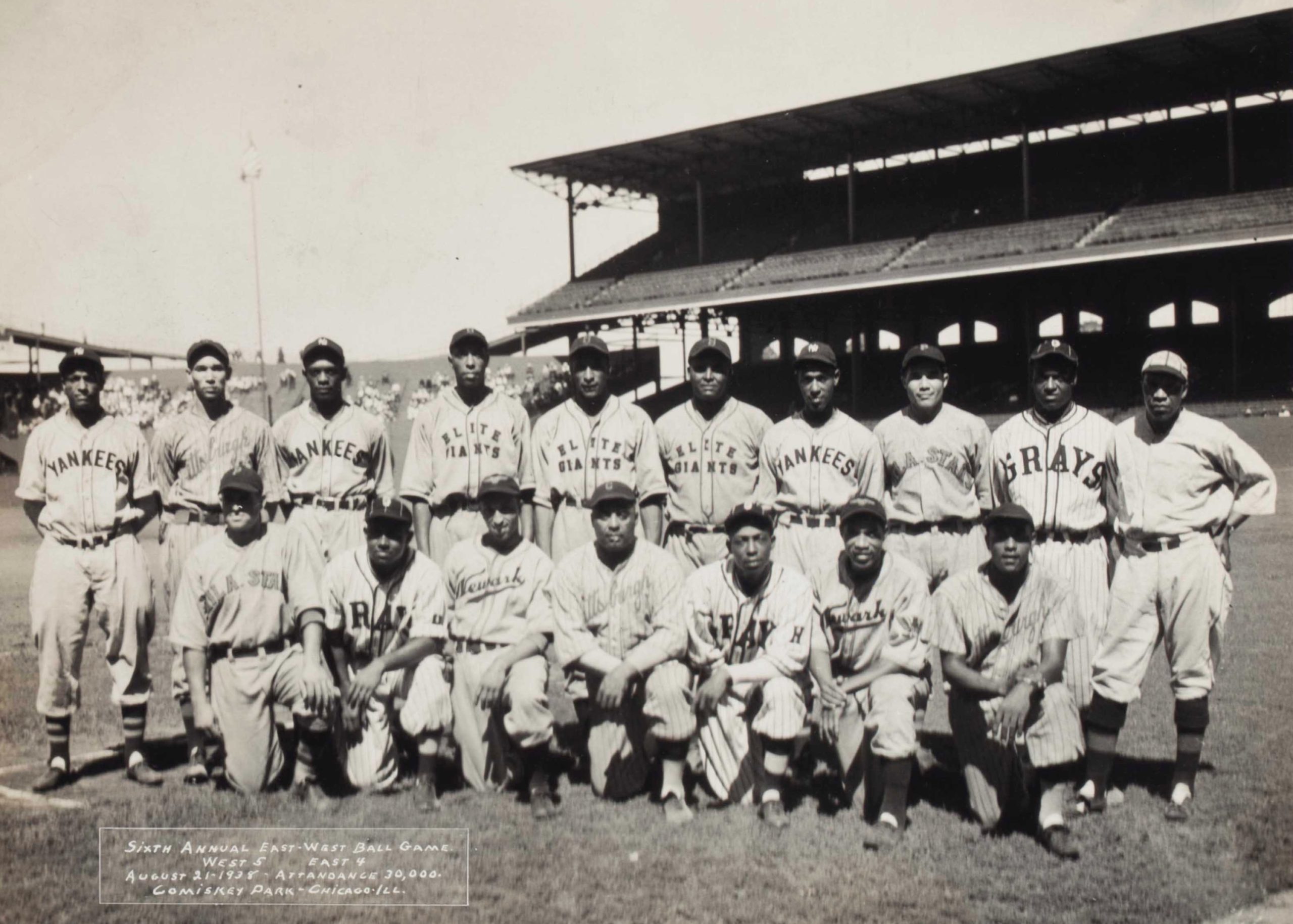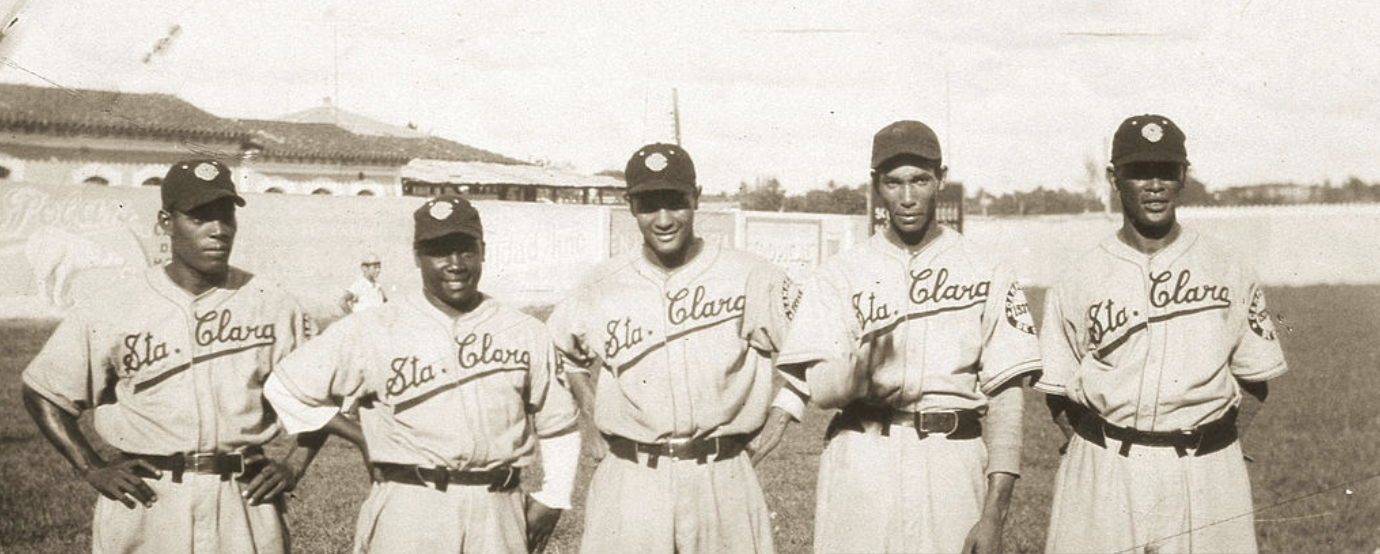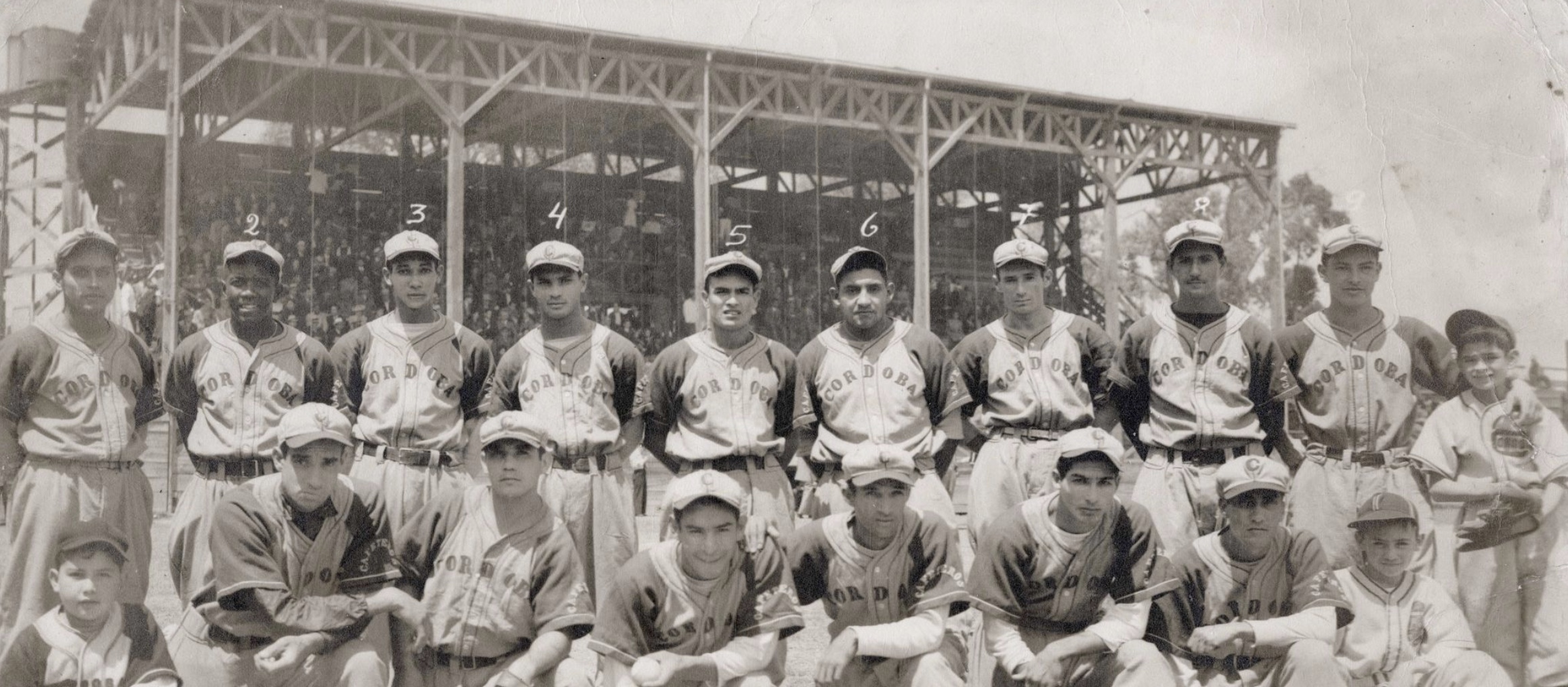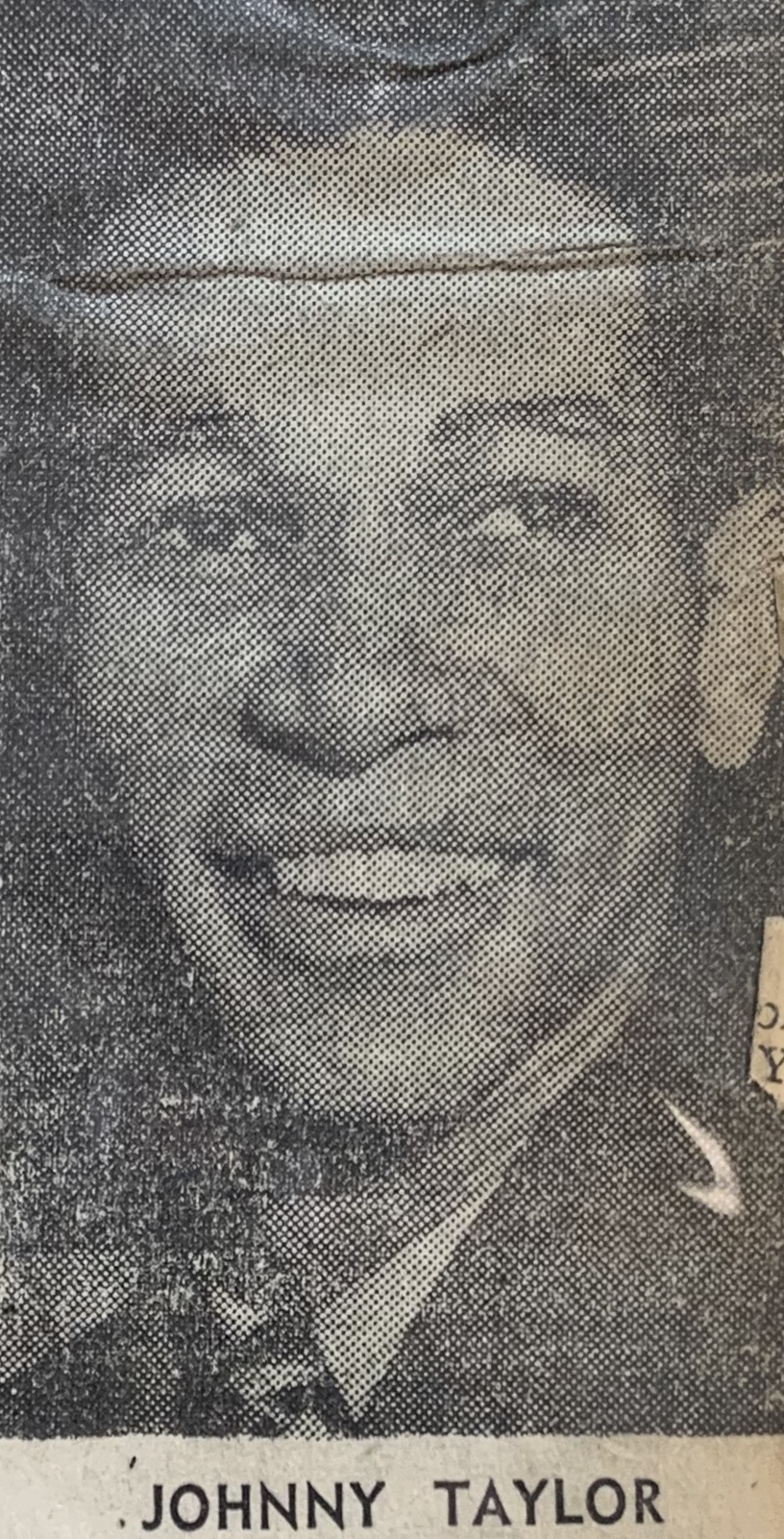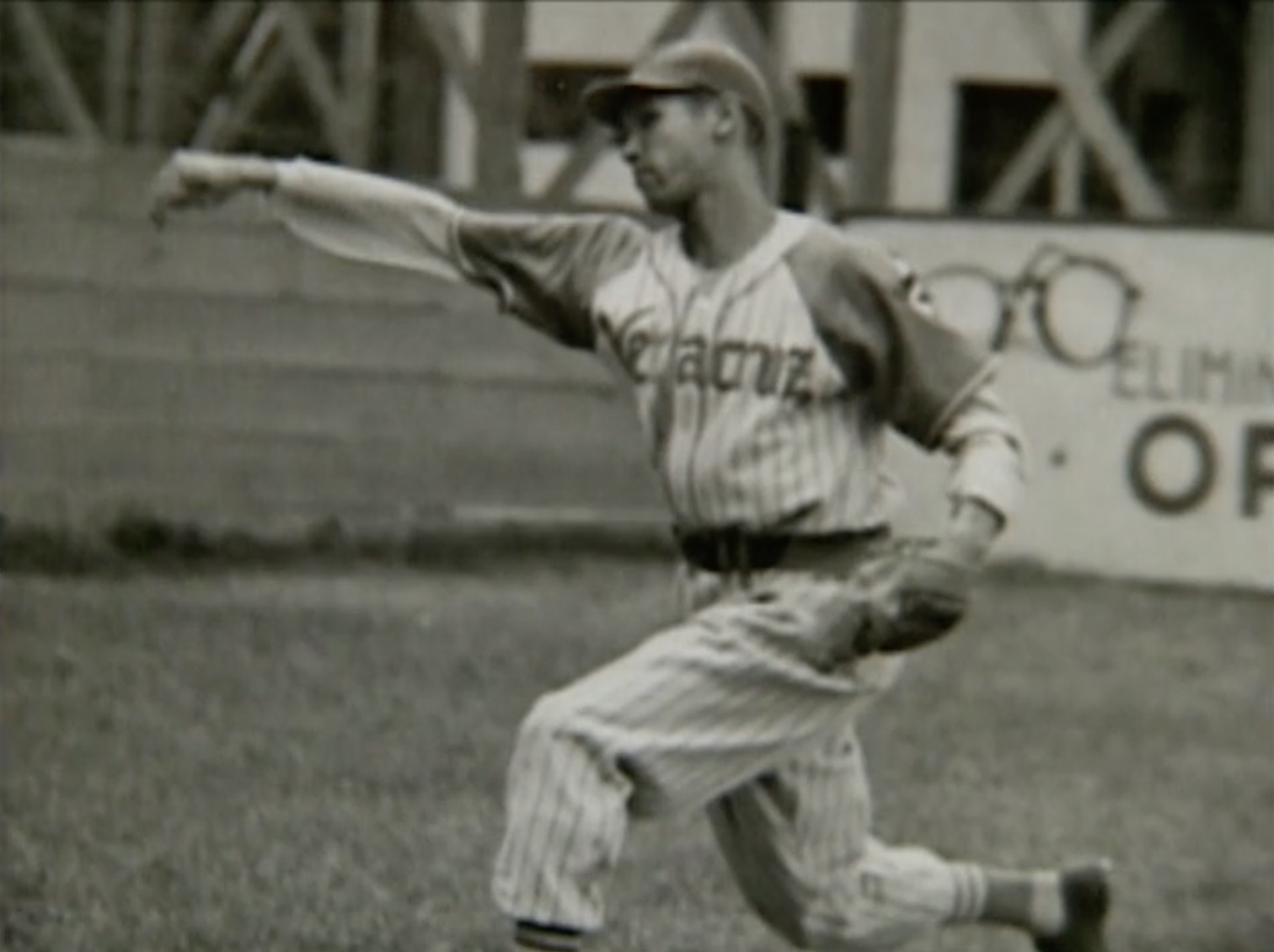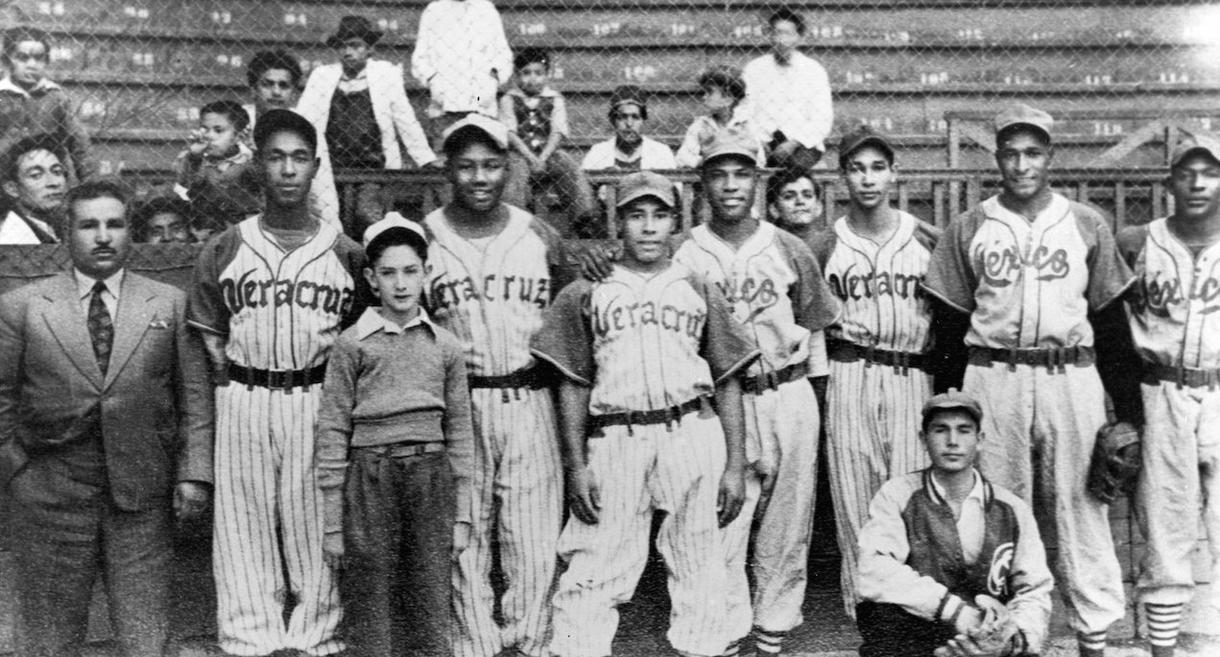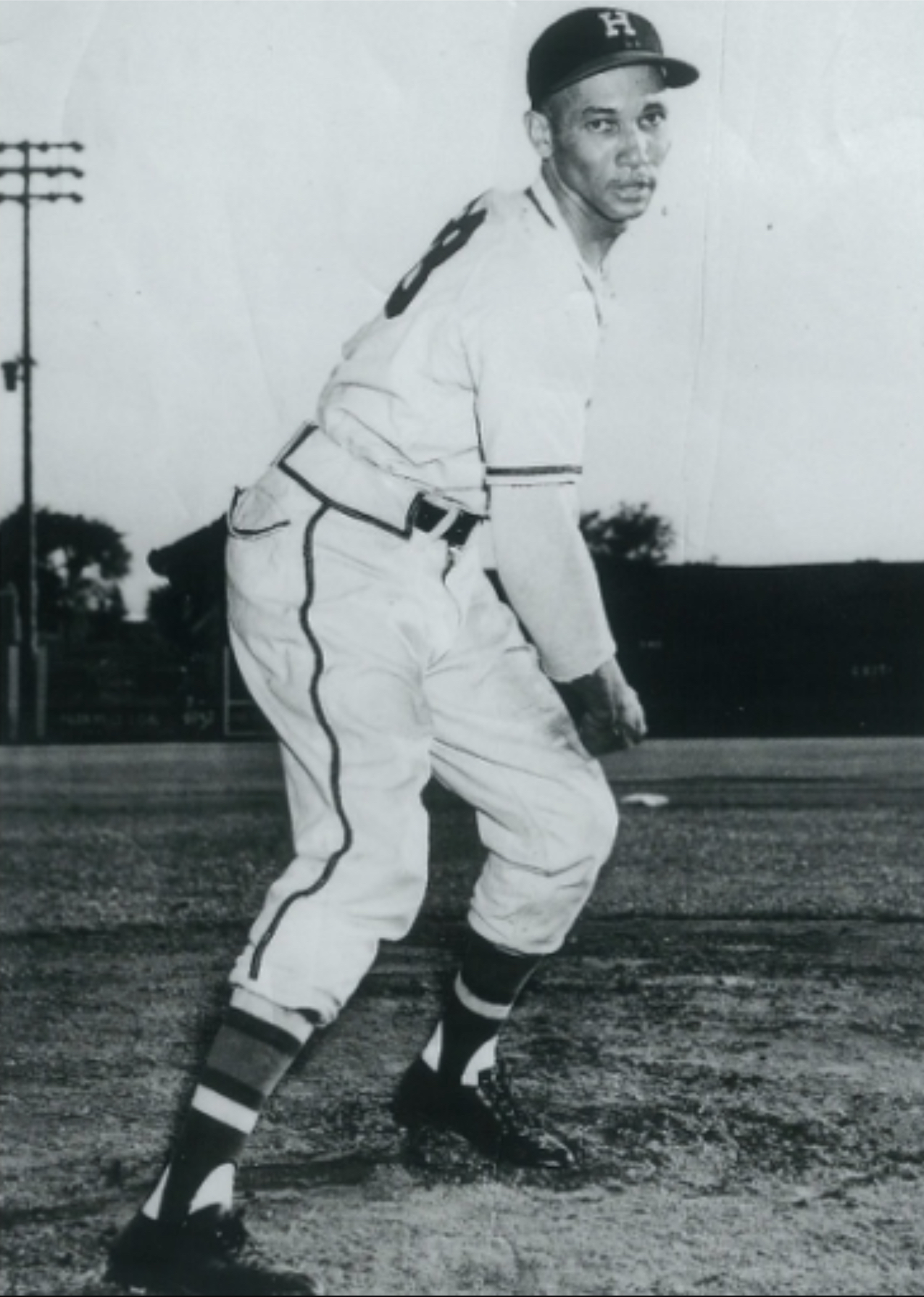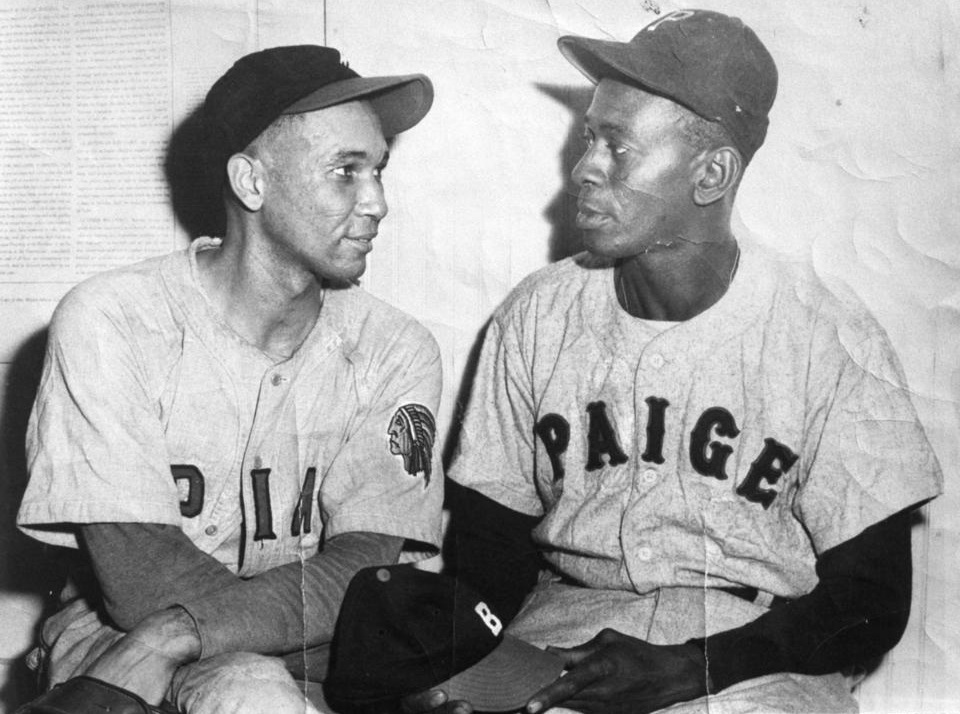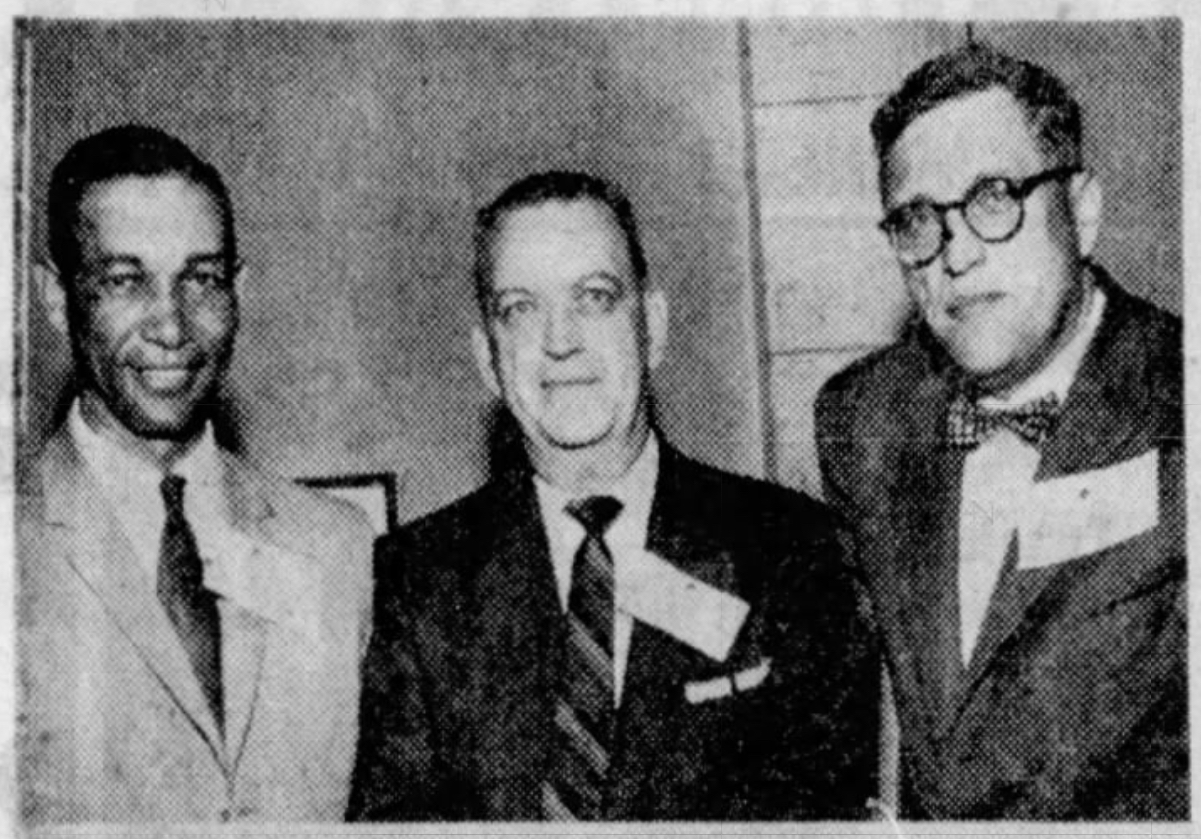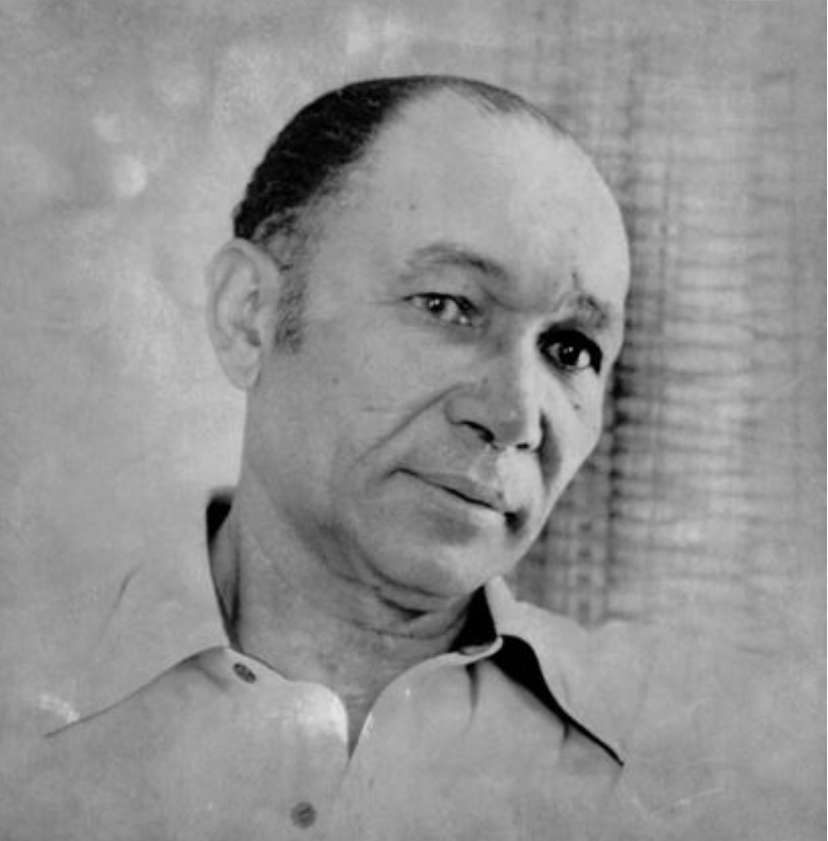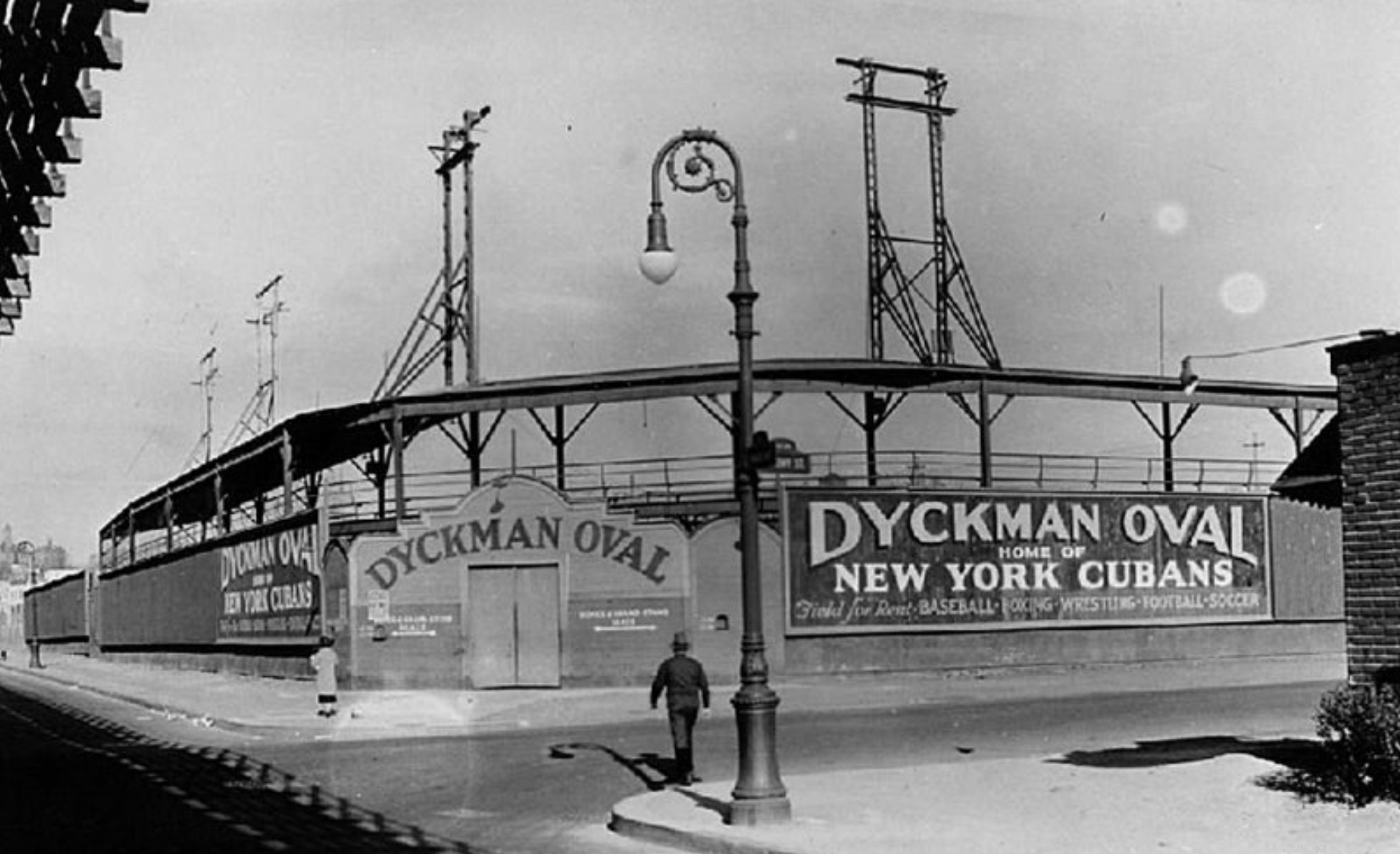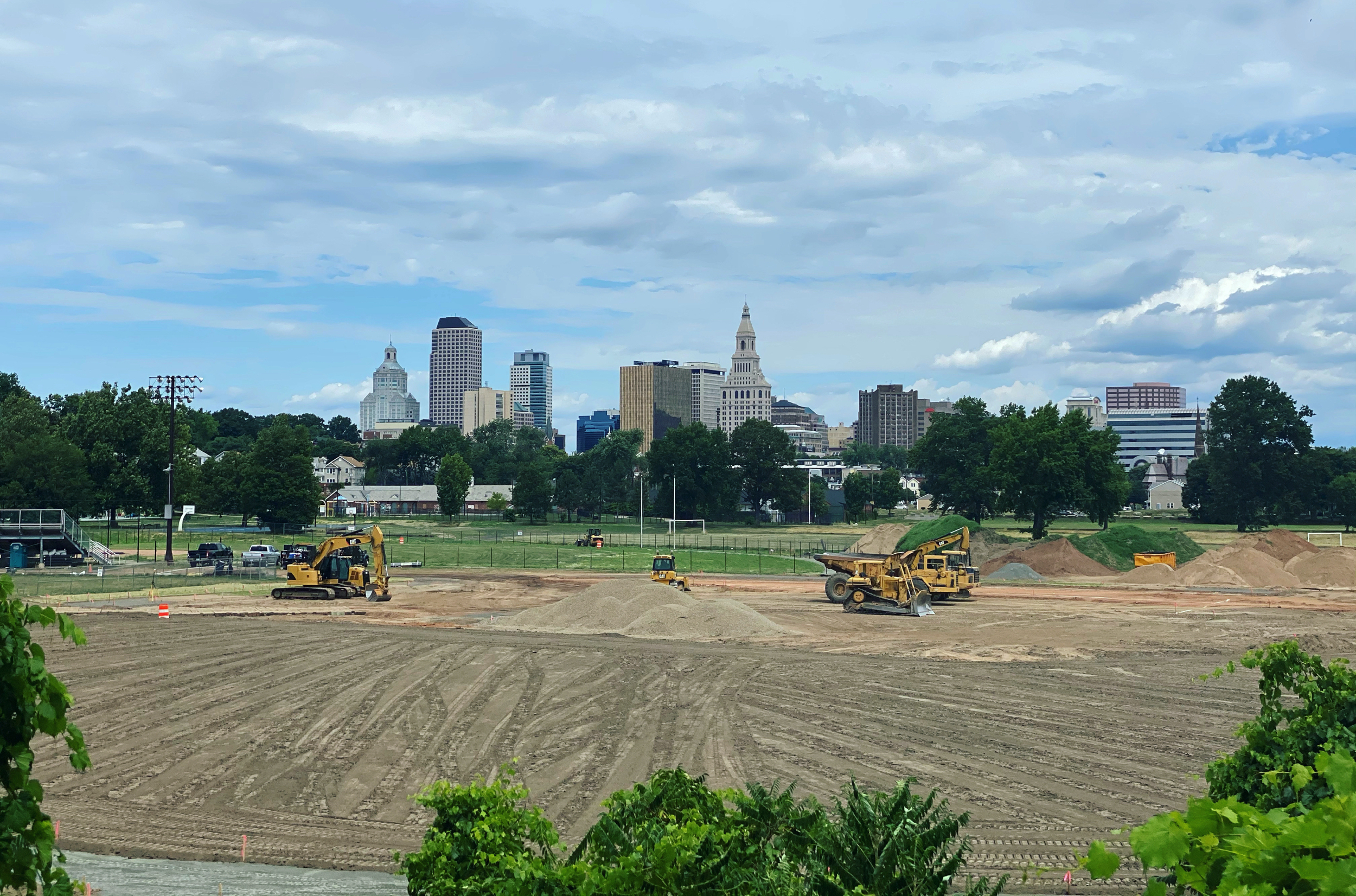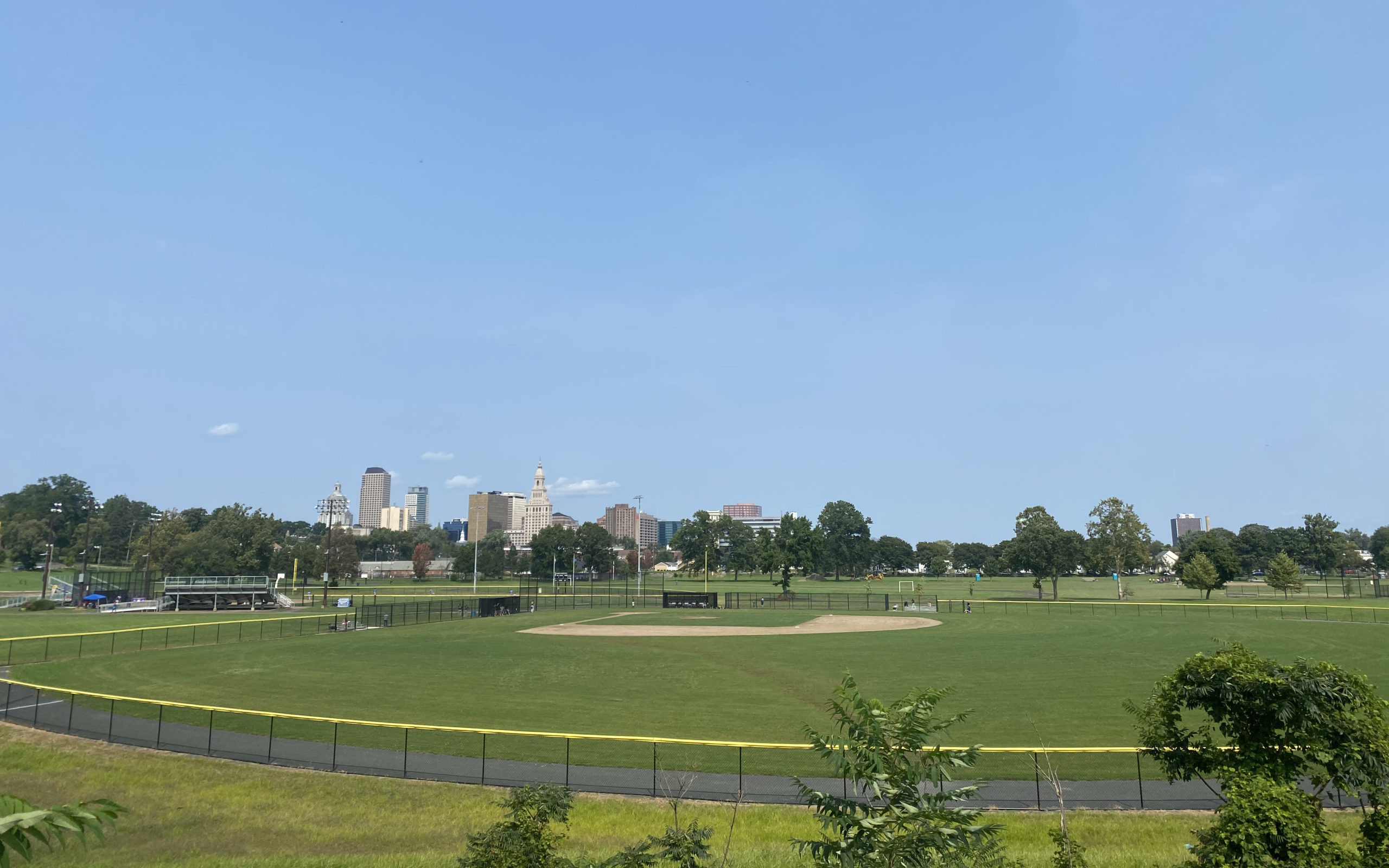On August 27, 2023, a radio show called Baseball Talk with “Fast” Ed Litos interviewed Weston Ulbrich, GHTBL Secretary, who made his third appearance on the program. The topic of discussion was minor league baseball history in Hartford. Other guests on the hour-long talk show were Dom Amore, sports journalist for the Hartford Courant and David Arcidiacono, author of Major League Baseball in Gilded Age Connecticut.
Ed and Wes talked mainly about the Hartford Bees and the Hartford Chiefs and the various minor league teams and soon-to-be Major League players who have represented the capital city. Click this link to listen the latest episode of Baseball Talk: https://rb.gy/2s284.
Baseball Talk with Ed Litos, a West Hartford native, has been airing since 2020. The following stations broadcast Baseball Talk: WLIS – 1420 AM & 97.3 FM / WMRD – 1150 AM & 103.7 FMv. All of their broadcasts are also available as podcasts. Visit the homepage at http://wliswmrd.net/.


